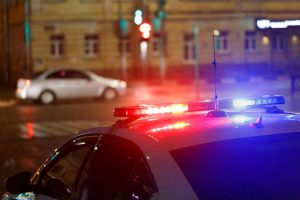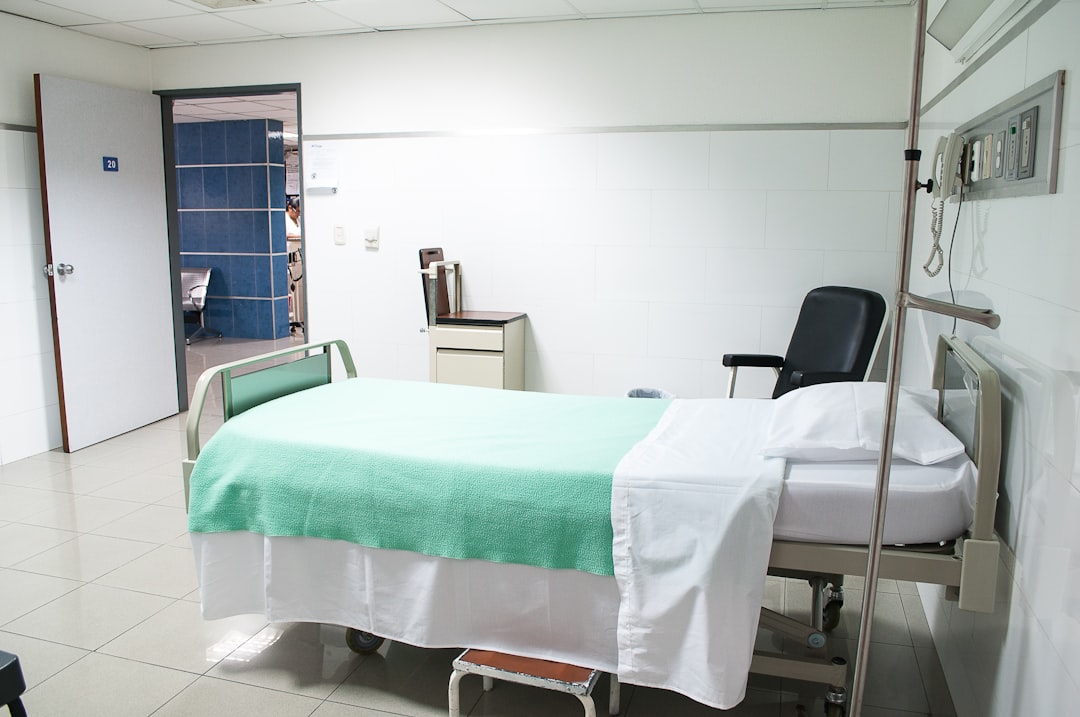OpEd By: CCSO Captain Sean M. Sanborn – What if I were to tell you that bringing a criminal matter before the court is akin to a matter of chemistry? In order for the Coos County Sheriff’s Office to make a case, we must establish that a crime did, in fact occur. In order to do that, we must meet the element of the crime as set forth in Oregon Revised Statute. Only if the elements come together can we make an arrest, or refer a matter to the Coos County District Attorney’s Office with a referral for prosecution. In order to do that, we must first examine the evidence. More often than not, the Deputy was not present when the crime occurred. This means that the Deputy must connect the dots in order to develop probable cause that a crime occurred. That begs the question, what is probable cause? Probable cause is a legal term which means that the reasonable fact finder is more certain than not, or at least 51% certain that a crime has occurred. Evidence can consist of several different events. First, lets discuss testimonial evidence. This can consist of victim’s statements, suspect statements and witness statements. While sifting through these various accounts of what occurred, we are looking for corroborating statements. This means we are looking for elements within a statement which support a version of events. It is not uncommon for folks we come into contact with to give a biased version of what happened. Often times, people will deliver stories which support their assertions of what occurred. This can come from the person alleging the crime and from the person who the crime is alleged against. We often will conduct neighborhood canvasses to look for testimony from a person who was not involved in the situation at all. This is presumably an unbiased person who was not involved in the situation at hand, and likely has no stake in the ultimate outcome. These individuals are great contributors to leading law enforcement down a path which may support a crime. Physical evidence is also important in determining what happened. Photographs are often taken to exhibit what we found at the scene which supports a version of events. Physical evidence does not lie and everything goes. Blood, fingerprints, DNA, broken windows or door jams, foot prints and digital evidence such as camera footage often informs law enforcement of what occurred. Sadly, we can’t get fingerprint information back quickly. Typically, to have the crime lab examine certain evidence can take upwards to six months to a year. However, forensic evidence is irrefutable so long as it is handled correctly by all parties involved. Lastly, we must meet the elements of a crime. For example, for the crime of Harassment (ORS 166.065) the suspect must harass or annoy another person by subjecting such other person to offensive physical contact such as shoving, slapping, or other such contact without actually causing physical injury to the victim. If actual physical injury is caused in such an occurrence, the crime may rise to the level of assault. The crime of Burglary in the first degree (ORS 164.225) for example requires the suspect to enter a dwelling with the intent to commit a crime. So first, we must establish that the premise which the suspect entered was a dwelling, which the courts have established is an actual place where a person lives. This could be a tent, travel trailer, mobile home or stick built house. Second, we must establish that the suspect either intended to commit a crime, or actually committed a crime therein. It is much harder to establish intent, or meaning to commit a crime than it is to determine if a crime was actually committed inside of that dwelling. The crime which the suspect intended to commit must be an actual crime as is otherwise codified in Oregon Revised Statutes. If we cannot prove any element in that crime, then we do not have the ability to lawfully arrest for that crime. For most crimes, we take all of the evidence into consideration to develop probable cause to make an arrest. Even if the suspect is less than truthful, and we find evidence that the truth was not told, a provable lie can be just as powerful as the flat-out truth. With a provable lie, we can show intent that the suspect was trying to sway the Deputy from finding the truth and is indicative of guilt. Sometimes, there is just not enough evidence to get to the level of probable cause. Or, there is probable cause, but the District Attorney’s Office must weigh the evidence under the law to determine if it the crime can be proven beyond a reasonable doubt. To prove a crime beyond a reasonable doubt is a much higher standard which is applied inside of the courtroom either by a jury of six or twelve members of the community, or by the judge in the event of a bench trial. But before we even get there, we have to have the chemistry it takes to make a crime under the law. This is the standard which we must hold to in order to get the job done. As always, A huge thank you to our citizens for your support of our Coos County Sheriff’s Office. I hope this brings some level of understanding to the puzzles we work through day in and day out as we go about the work of trying to keep our community safe.
The post An Elemental Matter, May 2 appeared first on Community Plus.



